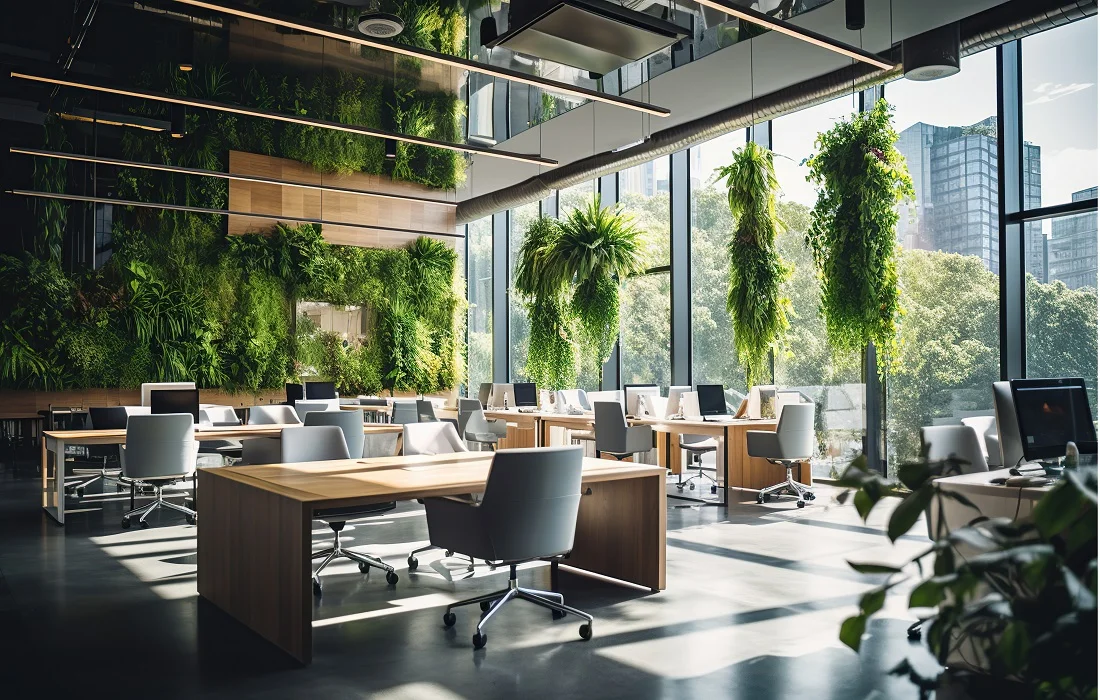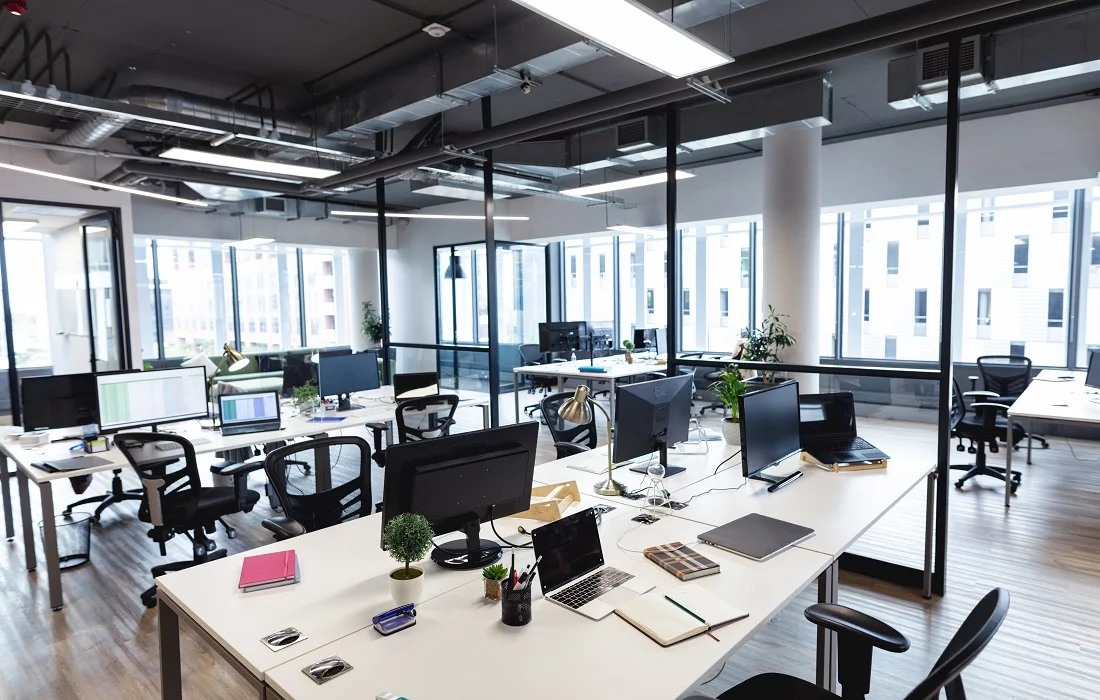A well-designed office space is crucial for the success of any business. It reflects the company’s identity and influences employees’ motivation, productivity, and overall job satisfaction. In today’s fast-paced work environment, employers are increasingly recognising the importance of providing a comfortable, stimulating, and healthy workplace. This guide will explore how to achieve an office space that maximises staff productivity and well-being, focusing on the crucial role of air conditioning systems and the expertise of air conditioning contractors.
Step 1: Assess Your Current Office Space
Before making any changes, it’s essential to understand the strengths and weaknesses of your current office layout. Consider factors such as natural light, ventilation, workspace arrangement, and common areas. Gathering feedback from your team can provide valuable insights into their needs and preferences.
Step 2: Plan Your Space According to Your Needs
Once you clearly understand what works and what doesn’t, start planning your space. Consider your team’s different tasks and design the layout to facilitate these activities. For example, creative tasks might benefit from open, collaborative spaces, while tasks requiring high concentration might be best supported by quiet, individual workstations.
Step 3: Consult with a Professional Air Conditioning Contractor
Temperature control plays a vital role in creating a comfortable work environment. Consult with a professional air conditioning contractor to assess your needs. They can advise on the best commercial air conditioning systems that suit your office’s size, layout, and specific requirements. Ensuring a consistent and comfortable temperature will help maintain high levels of productivity and employee satisfaction.
Step 4: Choose the Right Commercial Air Conditioning System
Selecting the right commercial air conditioning system is crucial. Consider energy-efficient models that can reduce your carbon footprint and save on energy bills. Your air conditioning contractor can recommend systems that offer reliable performance, are easy to maintain, and provide a comfortable environment for your staff.
Step 5: Implement Ergonomic Office Design
Ergonomics plays a significant role in employee well-being. Invest in quality office furniture that supports good posture and reduces strain. Adjustable chairs, desks, and monitor stands can significantly reduce workplace injuries and enhance comfort. Moreover, encourage the use of ergonomic accessories, such as keyboard trays and footrests, to further tailor the workspace to individual needs. Regular ergonomic assessments can also help identify potential issues before they become problematic, ensuring that the work environment evolves with the changing needs of your staff.

Step 6: Enhance Natural Light and Add Greenery
Maximise the use of natural light by arranging workstations near windows and using light-coloured walls and surfaces to reflect light. Natural light has been shown to boost mood and productivity. Additionally, incorporating plants into the office design can improve air quality and create a more pleasant and relaxing environment. Consider using various plant types to enhance aesthetic appeal and provide tangible health benefits, such as reducing stress and filtering indoor air pollutants. Creating a small indoor garden or green wall can serve as a focal point and contribute to a sense of well-being among employees.
Step 7: Prioritise Acoustics
Sound management is often overlooked in office design. Excessive noise can be a significant distraction and hinder productivity. Consider using acoustic panels, carpets, and modular furniture to reduce noise levels. Providing quiet zones or soundproof rooms for tasks requiring high concentration or confidential conversations can also be beneficial. Additionally, integrating sound masking systems can help drown out distracting noises with ambient sounds, creating a more acoustically comfortable environment. Regularly evaluating the office’s acoustic needs and adjusting solutions as necessary can ensure that your workspace supports both collaborative and focused work efficiently.
Step 8: Create Breakout Spaces
Breakout spaces are essential for relaxation and informal meetings. These areas can foster creativity, collaboration, and social interaction among employees. Equip these spaces with comfortable seating, coffee machines, and other amenities to encourage staff to take regular breaks and interact with their colleagues.
Step 9: Regular Maintenance of Your Air Conditioning System
Regular maintenance is crucial to ensure your commercial air conditioning system operates efficiently and effectively. Establish a maintenance schedule with your air conditioning contractor to prevent breakdowns, improve air quality, and extend the lifespan of your system. This proactive approach can save you time and money in the long run.
Step 10: Seek Continuous Feedback and Adjust Accordingly
Finally, creating the perfect office space is an ongoing process. Regularly seek feedback from your staff regarding the office environment and be willing to make adjustments. Continuous improvement will help you stay responsive to the needs of your team and ensure your office remains a productive and positive place to work.

Conclusion
Designing an office space that maximises staff productivity and well-being is multifaceted. It involves careful planning, attention to detail, and a commitment to creating a healthy and stimulating work environment. By following these steps and partnering with a skilled air conditioning contractor to ensure optimal temperature control, you can create an office space that not only meets the practical needs of your staff but also supports their health, well-being, and productivity. Remember, a well-designed office is an investment in your team’s satisfaction and your company’s future success.
